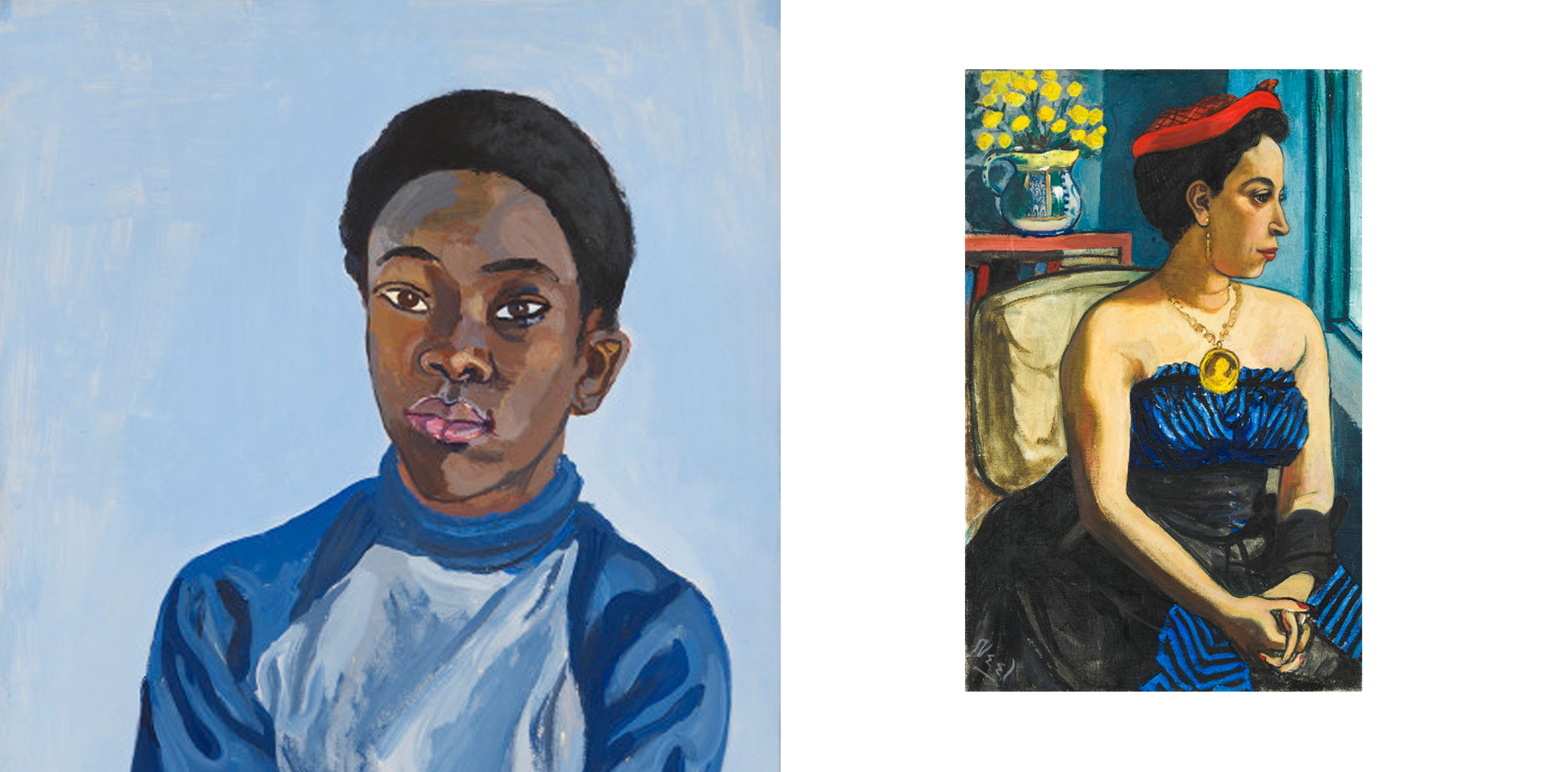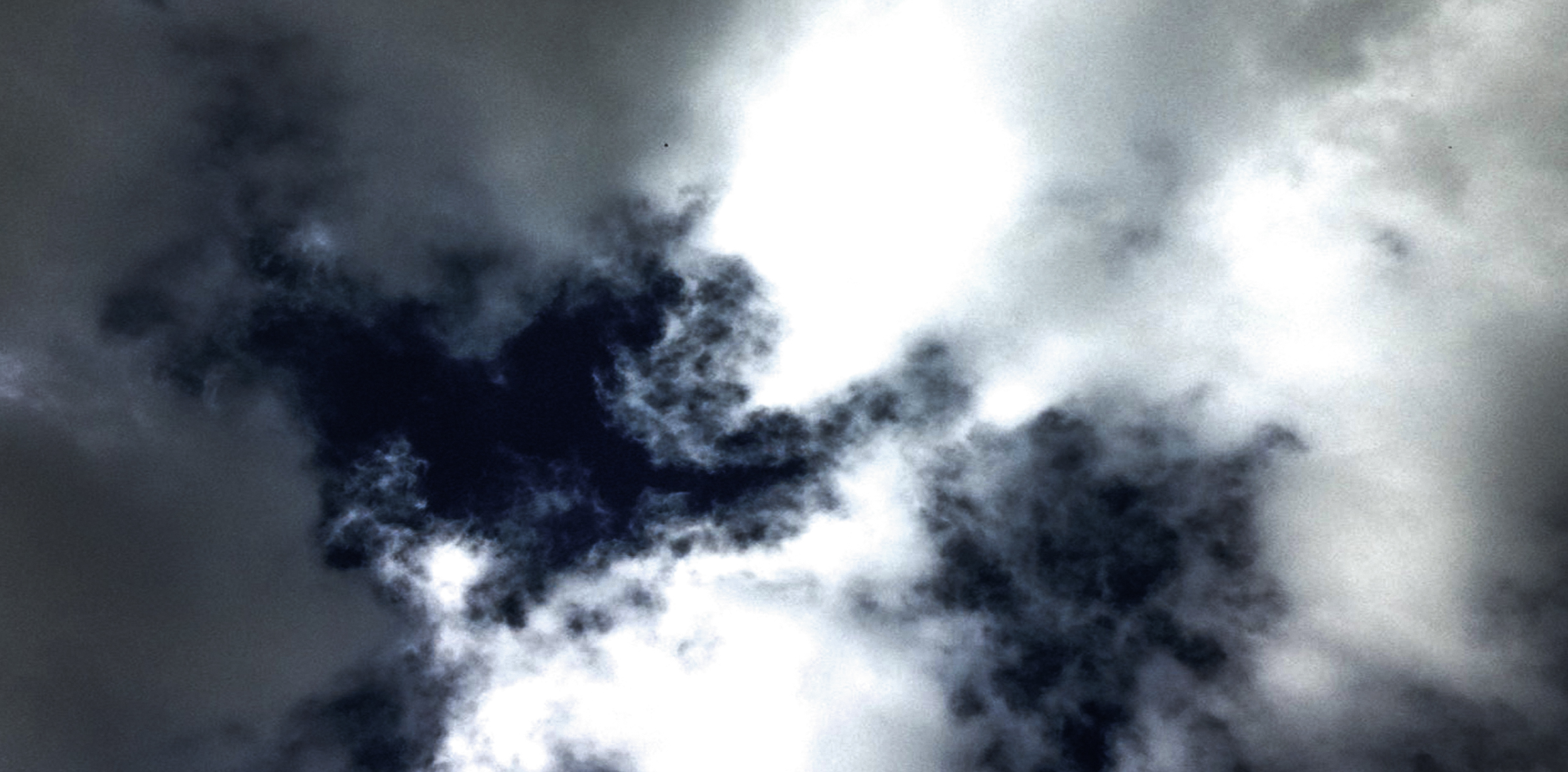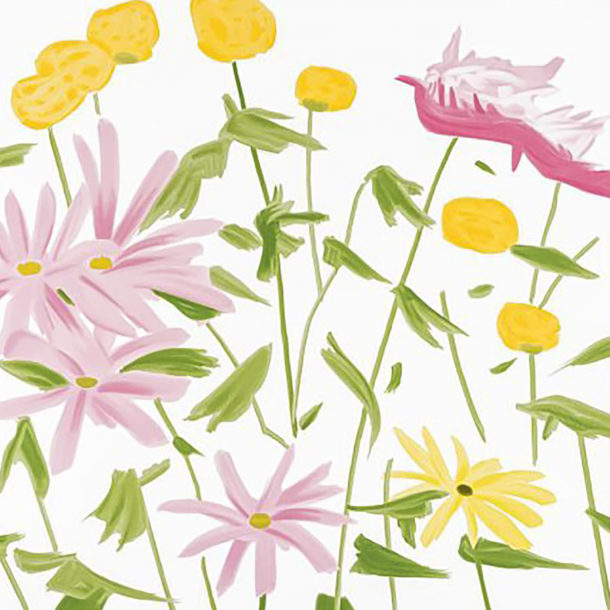London. Via New York, LA and Bradford. The importance of portraiture, experimentation and human subjects in art.
From North to South, David Hockney in Bradford and Alice Neel in London.
I have visited two exhibitions in two different cities in the past week – the first of David Hockney’s work in the new dedicated space at Cartwright Hall in Bradford, and secondly the work of Alice Neel at Victoria Miro in London. The most compelling similarity I felt within these exhibitions was the commitment to figurative painting and to their own personal style despite their position as ‘outsiders’ in the art world.
As a Yorkshire-born girl myself, it gives me great pleasure to see Hockney’s work exhibited in the North of England, as so often we can only find comprehensive displays of an artist’s work in the capital cities of London, New York, Paris etc. The influence of Bradford, Hockney’s birthplace, was not much considered in the Tate Britain retrospective earlier this year, whereas in this particular exhibition, we can see that it holds some importance to the beginning of Hockney’s artistic career. Had Hockney not been so exposed to such dark, ‘gothic’ surroundings (as Hockney describes himself) perhaps he would have not felt so attracted to Los Angeles’ spectacular blue skies and swimming pools which inspired his vibrant colour palette.
Though small, the exhibition included a number of drawings, still lives, portraits, a swimming pool work on paper and his fabulous iPad drawings. The exhibition had many intimate moments – displaying his sketchbook used at art school, short videos of Hockney talking about growing up in Bradford and very intimate photographs of Hockney at a young age with his parents and further one of him asleep next to one of his dachshunds. Each of these moments brings you closer to Hockney personally as well as following his journey to establishing himself as a world-renowned artist.

Benjamin, 1976 (detail) Alice Childress, 1950 (detail) © The Estate of Alice Neel Courtesy David Zwirner, New York/London and Victoria Miro, London
Down South, the work of Alice Neel in London presented a fascinating array of intimate and delicate portraits of everyday people, cultural figures, writers and thinkers. The curator of the exhibition, Hilton Als, quite rightly states that her subject was ‘humanity’. The exhibition was extremely well curated, capturing the sheer diversity of Neel’s representation, and showing her dedication to presenting figures from less privileged socio-economic backgrounds. There is a strong sense in her work that the subjects’ emotional and psychological responses to their own issues fascinated her and she was passionate about dedicating time to present them and their stories to the world. Some of Neel’s painting style reminded me of Hockney in many ways with her beautifully experimental use of colour and sometimes loosely painted surfaces.
I think it is interesting to consider that both Hockney and Neel began to produce art in their position as ‘outsiders’.
Hockney, a bohemian and openly gay man born in a country where homosexuality was still illegal until 1967, and Neel, a female artist who was painting portraits at a time when art critics were questioning the need for traditional figurative painting, and where successful female artists were few and far between. Both artists relocated, Neel to Spanish Harlem in 1938 and Hockney to LA in 1964, in pursuit of the subjects and surroundings they needed to be fulfilled as artists. Though Hockney constantly explored new methods of representation he never strayed into complete abstraction that was popular at the time – subject matter was always highly important to him, which feels evident in the exhibition.
When the Pop Art movement was emerging in New York in the mid-1950s, Neel and Hockney were aligned in the sense that personal subject matter was extremely important to them. Neither artist was interested in painting photographs from the mainstream media of soupcans nor Marilyn Monroe in the 1950s and 1960s. Hockney loved to paint intimate portraits of his lovers, his parents and other close friends whilst Neel painted subjects from intellectual figures from the civil rights movement, and neighbours who simply helped her with handiwork.
Both exhibitions remind us of the continued importance of portraiture, experimentation and human subjects in art.
Whilst Neel was preoccupied with portraiture for most of her career – her engagement with social and political issues led her to be interested in how they affected humanity. Hockney was of course vigorously experimental, and whilst he has prolifically played with different methods of representation, he has always continued to paint portraits.
In light of this discussion I am drawn to the stunning portraits of Anthony Connolly in The Whisper Gallery. Connolly uses beautifully bold fleshy colours whilst also endowing each portrait with an enigmatic feel. With one of the subjects looking away and one giving the viewer a concentrated stare we are drawn to look deeper into the subjects and consider their individual personalities. The paintings hone in on the face only, so the viewer is invited to explore personal subject matter purely through examining facial expressions. Connolly, Neel and Hockney remind us that portraiture still remains one of the most important genres in the history of art and in the present day.
WORDS
HANNAH TUCK
CONTRIBUTING FEATURES WRITER


